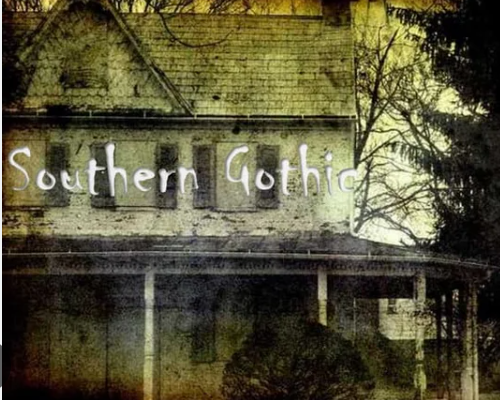Whilst the Gothic genre is familiar to many, a more niche area of this, Southern Gothic, is less so. The term is derived from gothic and from its usual setting, the Deep South of the USA. Southern Gothic can be found in film, music and literature. Possibly the most famous and widely read example of Southern Gothic is Harper Lee’s 1961 novel ‘To Kill a Mockingbird’. Though not exclusively Southern Gothic tale, it has many qualities which take it into that genre. So, what is a Southern Gothic tale?
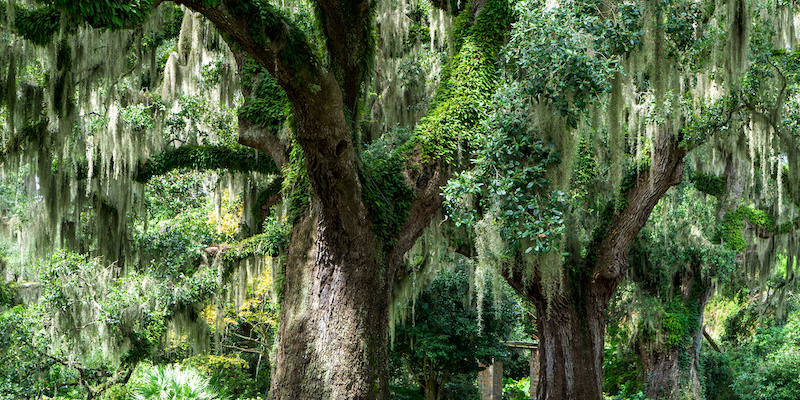
The Southern Gothic genre was first termed in the 1930s by Ellen Glasgow, novelist, and recipient of the Pulitzer Prize. She used it as a pejorative and critical term for a ‘new’ genre which she saw as overly violent and fantastical. As a Southerner she may have taken exception to its depiction of her homeland. Its key characteristics are usually a rural setting in the deep South following the Civil War. This was a land of decaying plantations and derelict grand houses, in which a community had been defeated in war and brought to heel by its northern neighbour. Racism and violence often play a key role in many stories as we see characters that are unable or unwilling, to adapt to the modern age. There are traces of the ‘Old South’ with its declining aristocratic society and rigid class system, that in some isolated and out of the way locations persist. Many stories concern eccentric if not extreme characters, that act out bizarre and sometimes horrific actions. Innocence and virtue are often contrasted with evil, either deliberate or indirect. Religion can also take a prominent role, sometimes as a foil to the wrongdoings of the antagonist but very often as the vehicle for harm. There can also be elements of the Supernatural that derive from the melting pot of communities in this part of the world, be it the cultural crossroads of New Orleans or the isolated farms of Appalachia.
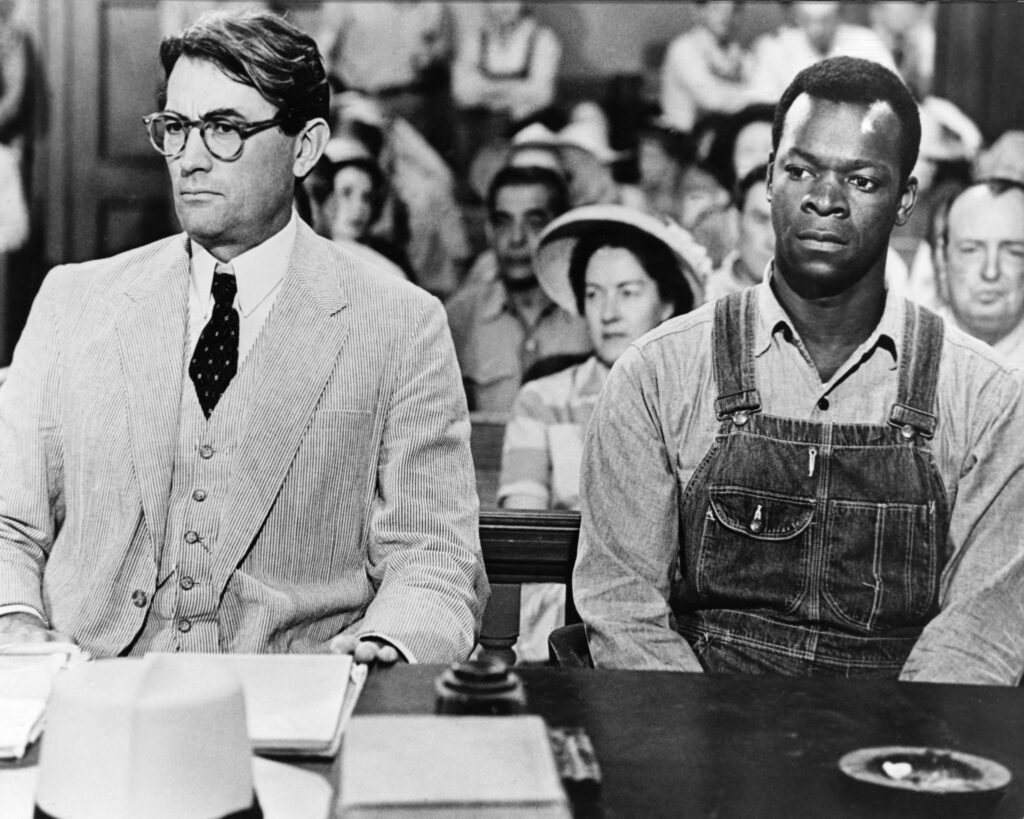
In ‘To Kill a Mockingbird’ we see large slices of Southern Gothic through the treatment of an innocent man being arrested for a crime he didn’t commit (due to racial prejudice). Boo Radley, the mysterious and invisible neighbour, falls squarely into an SG character. The innocence of Jem and Scout, the two young protagonists end up being pitted against the foul Ewell clan, which is again another SG trope. However, above all it is the setting which places this firmly in Southern Gothic territory. Maycomb, a small rural town in the sweltering Alabama heat of summer, is the backdrop for a community drawn into a terrible conflict between right and wrong. The question of morality is another feature of the genre and a prominent part of Lee’s novel.
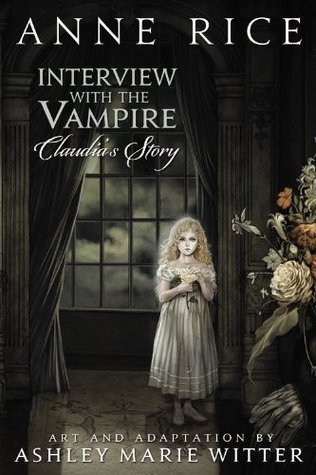
On a side note, many SG writers could be in the novels themselves, being colourful and at times eccentric characters. Anne Rice, the phenomenally successful writer of ‘Interview with the Vampire’, was often photographed lying in coffins. Then there was the chain smoking, shack dwelling late comer William Gay. Gay was a carpenter by day, novelist by night who only took up writing in older age. Joe R. Lansdale also has his place here, writing his novels in between teaching his own Martial Arts system.
For a number of them, they seemed to have embraced the strangeness of the genre and the lack of conformity depicted about this morally complicated region.
So where do I start? Here are just a few suggestions:
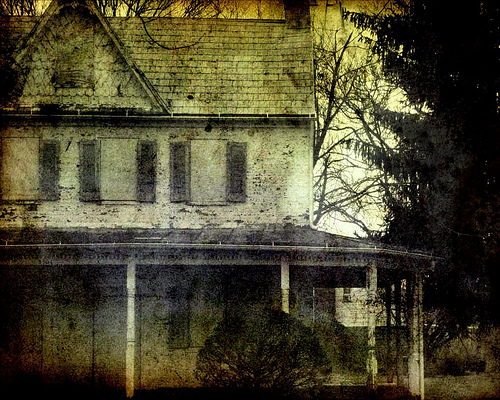
Classic Southern Gothic writers
William Faulkner
Harper Lee
Cormac McCarthy
New Southern Gothic writers
Joe R. Lansdale
William Gay
Anne Rice
Blackhen recommendations:
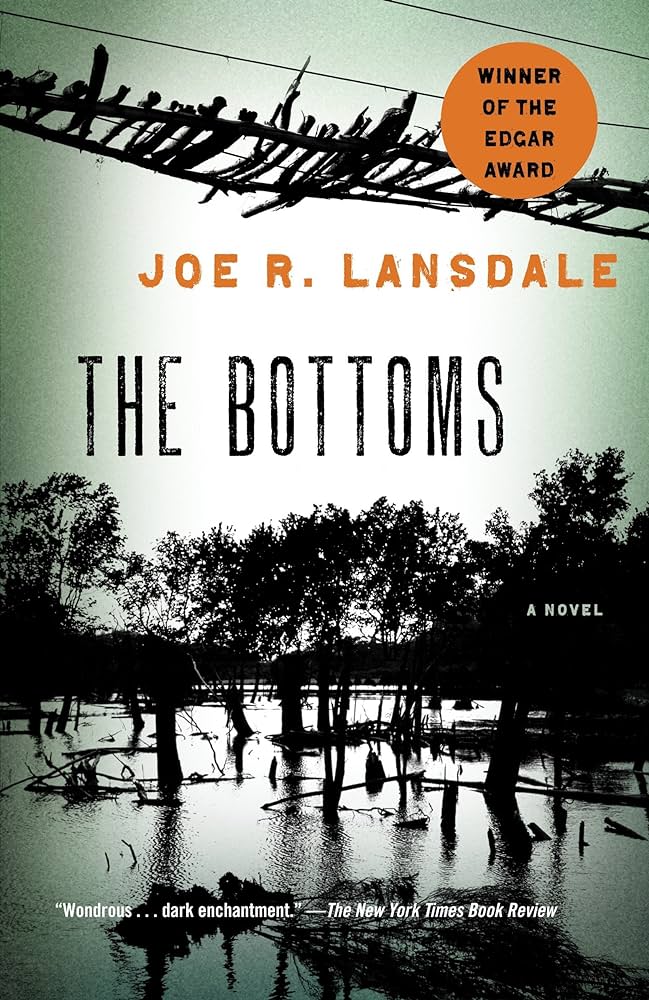
‘
The Bottoms’ by Joe R. Lansdale
Set in east Texas in 1930s this story has some parallels with Harper Lee’s famous work. A series of unexplained deaths occur in ‘the Bottoms’, a remote and wild place on the edge of several small towns. A young boy and his sister attempt to investigate these crimes against a background of racial division, all the while being stalked by the mysterious and alarming ‘Goat man’.
*NB= Please be aware that due to its nature Southern Gothic will often include elements of death/ murder, sexual references and disturbing images or scenes.

